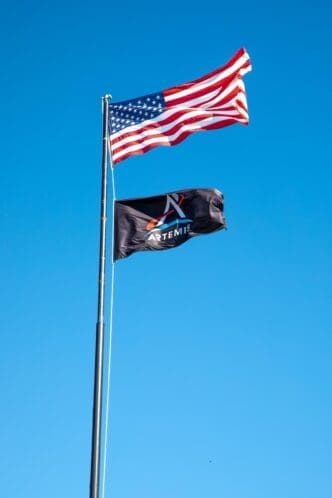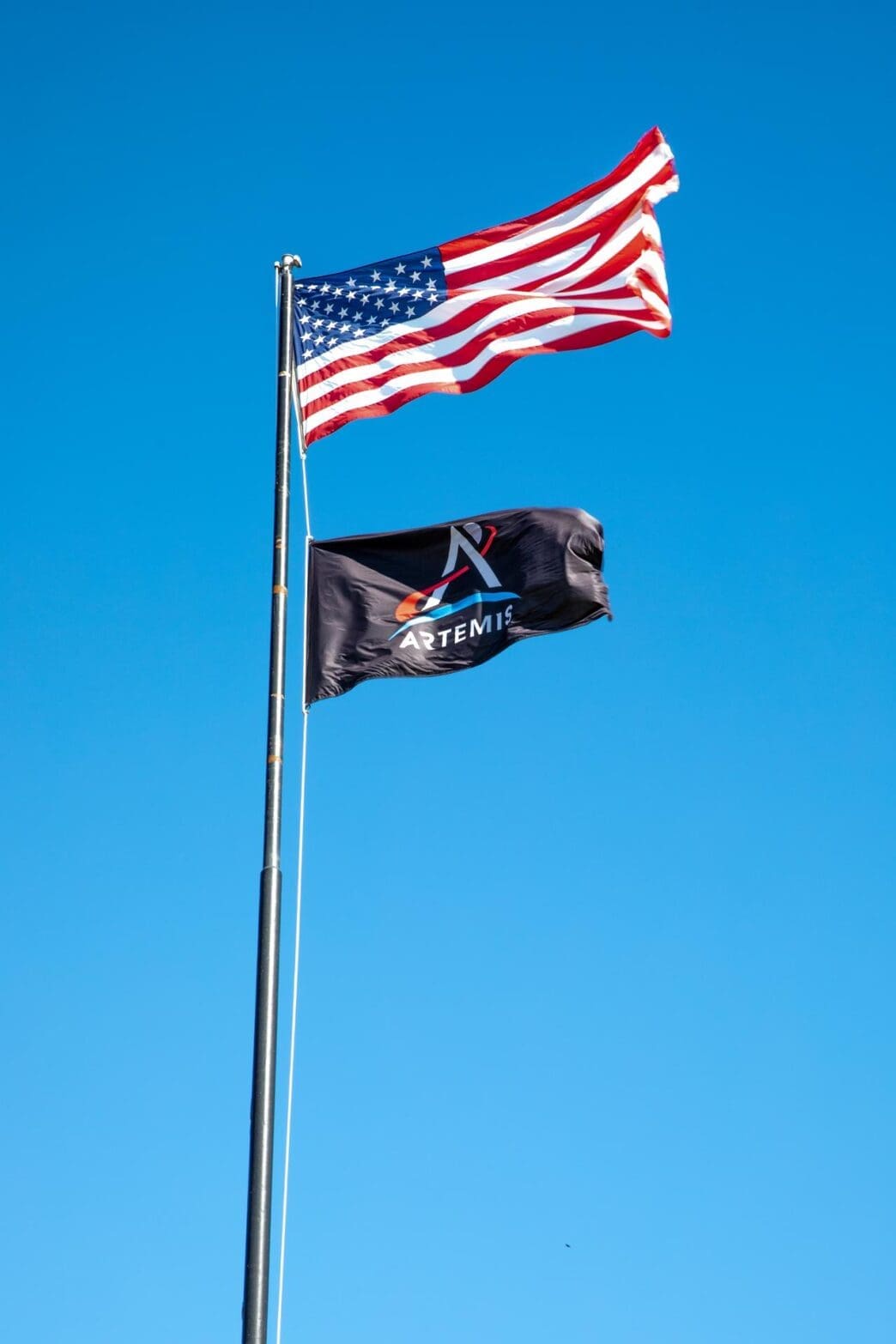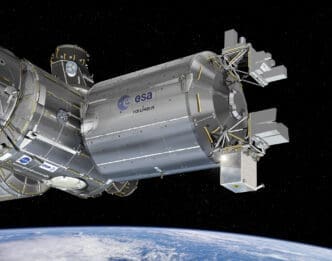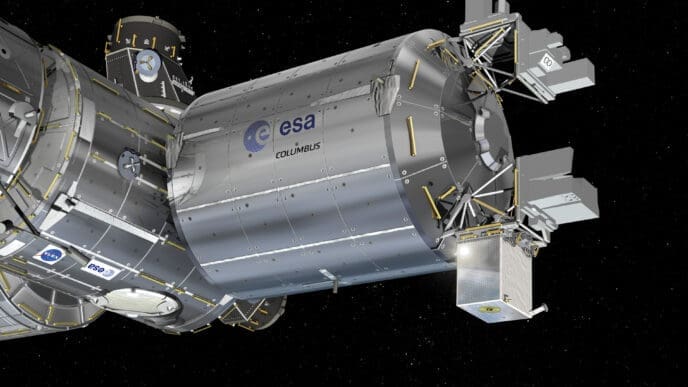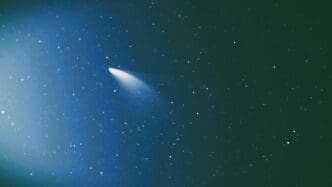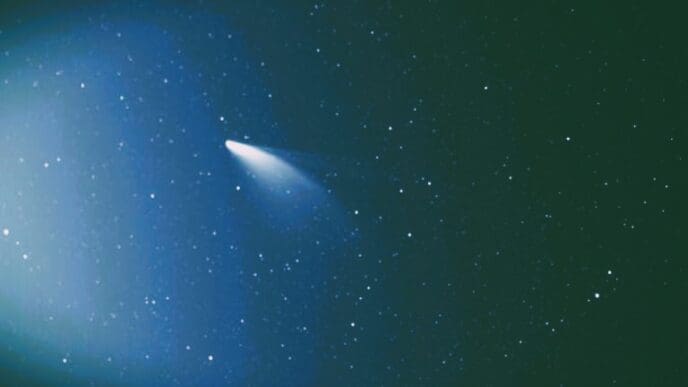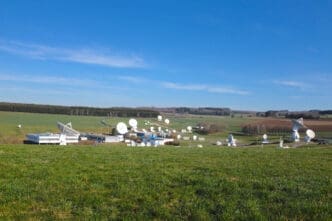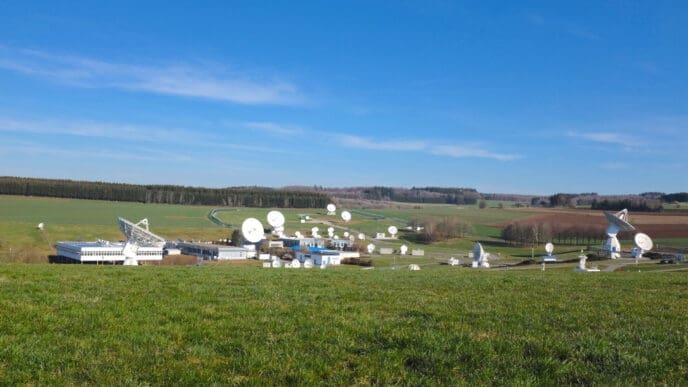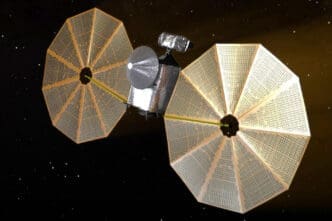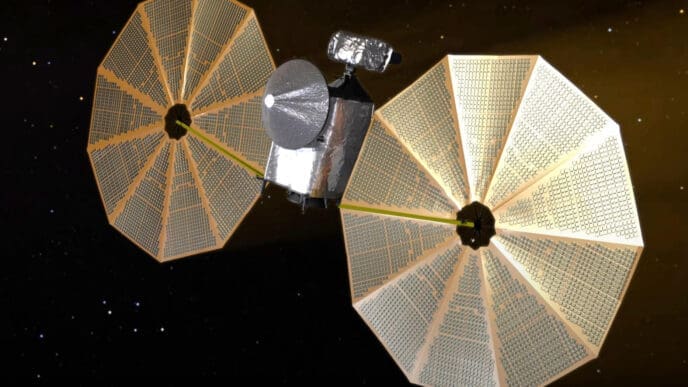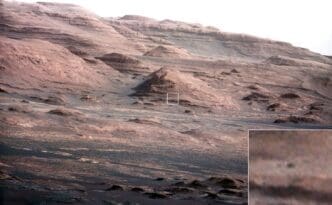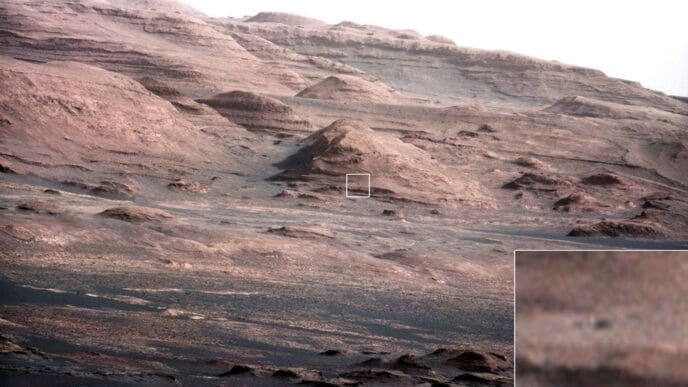NASA is preparing for a monumental step in its Artemis program with the Artemis II test flight, marking the agency’s first crewed mission under this ambitious initiative. The astronauts chosen for this critical journey include Reid Wiseman, Victor Glover, Christina Koch from NASA, and Jeremy Hansen from the Canadian Space Agency. Captured in a striking image credited to NASA’s Josh Valcarcel, these astronauts are poised to play a pivotal role in advancing lunar exploration.
This mission will serve as a fundamental test of NASA’s Orion spacecraft systems, ensuring they perform effectively with astronauts aboard in the challenging environment of deep space. By embarking on the Artemis campaign, NASA aims to unlock scientific discoveries on the Moon, reap economic benefits, and lay the groundwork for the first human missions to Mars.
The Artemis II mission profile builds on the achievements of the uncrewed Artemis I flight. It will demonstrate a wide range of capabilities of both the Space Launch System (SLS) and the Orion spacecraft, essential for deep space missions. This mission is set to validate Orion’s critical life support systems, which are crucial for sustaining astronauts on longer missions and ensuring the success of future Artemis missions, including Artemis III.
Launching from NASA’s Kennedy Space Center in Florida, the Artemis II mission will deploy a crew of four astronauts aboard a Block 1 configuration of the SLS rocket. Orion will execute multiple maneuvers to elevate its orbit around Earth, eventually placing the crew on a lunar free return trajectory. This trajectory uses Earth’s gravity to naturally guide Orion back to Earth after its lunar flyby.
The launch sequence will be similar to Artemis I, with the SLS propelling Orion into space, followed by the jettisoning of boosters, service module panels, and the launch abort system. The core stage engines will then shut down, separating the core stage from the upper stage and the spacecraft.
Once in orbit, the crewed Orion and the Interim Cryogenic Propulsion Stage (ICPS) will circle Earth twice, ensuring all systems are functioning correctly. Initially, Orion will achieve an elliptical orbit ranging from 115 to 1,400 miles, lasting just over 90 minutes. This orbit will include the first ICPS firing to maintain Orion’s course. Following this, the ICPS will elevate Orion to a high-Earth orbit to achieve the necessary speed for lunar transit. This larger orbit will take approximately 23.5 hours, with Orion traveling between 115 and 46,000 miles above Earth.
After Orion separates from the upper stage, the crew will use it for a proximity operations demonstration, offering valuable performance data and operational experience. This exercise prepares for critical rendezvous, docking, and undocking operations expected in the Artemis III mission.
During this phase, mission controllers at NASA’s Johnson Space Center in Houston will closely monitor as the astronauts transition Orion to manual mode, piloting its flight path and orientation. They will use Orion’s cameras and windows to practice aligning with the ICPS, assessing the spacecraft’s handling qualities.
Once the proximity operations demonstration concludes, the crew will return control of Orion to mission controllers and continue verifying spacecraft systems in space. They will remove their Orion Crew Survival System suits, wearing plain clothes until the mission’s return phase. A key focus will be evaluating life support systems that generate breathable air and remove carbon dioxide and water vapor, essential for longer missions.
The extended orbit around Earth offers an opportunity to test these systems during varying metabolic states, from exercise to sleep, confirming full operational capability. Orion will also undergo checks of its communication and navigation systems, including a brief venture beyond GPS and NASA’s Space Network range for an early test of the Deep Space Network’s capabilities.
Following these checks, Orion will perform a translunar injection (TLI) burn. This maneuver, aided by the service module, will set Orion on a path toward the Moon. The TLI burn initiates a four-day journey around the Moon, forming a figure-eight trajectory that extends over 230,000 miles from Earth.
During the journey, the crew will continue evaluating Orion’s systems, practicing emergency procedures, and testing the radiation shelter. They will travel approximately 4,600 miles beyond the Moon, witnessing breathtaking views of both the Moon and Earth from Orion’s windows.
This mission is expected to last about ten days, utilizing a fuel-efficient trajectory that leverages the Earth-Moon gravity field, allowing Orion to return naturally to Earth without propulsion. This trajectory ensures a smooth return after orbiting the Moon’s far side.
Artemis II is a precursor to the historic Artemis III mission, where astronauts will once again explore the lunar surface. This mission will lay the foundation for establishing a sustainable human presence on the Moon and building the Gateway in lunar orbit. Through the Artemis program, NASA is embarking on one of humanity’s most daring and collaborative endeavors, aiming to explore more of the Moon than ever before and create a lasting presence in deep space.

